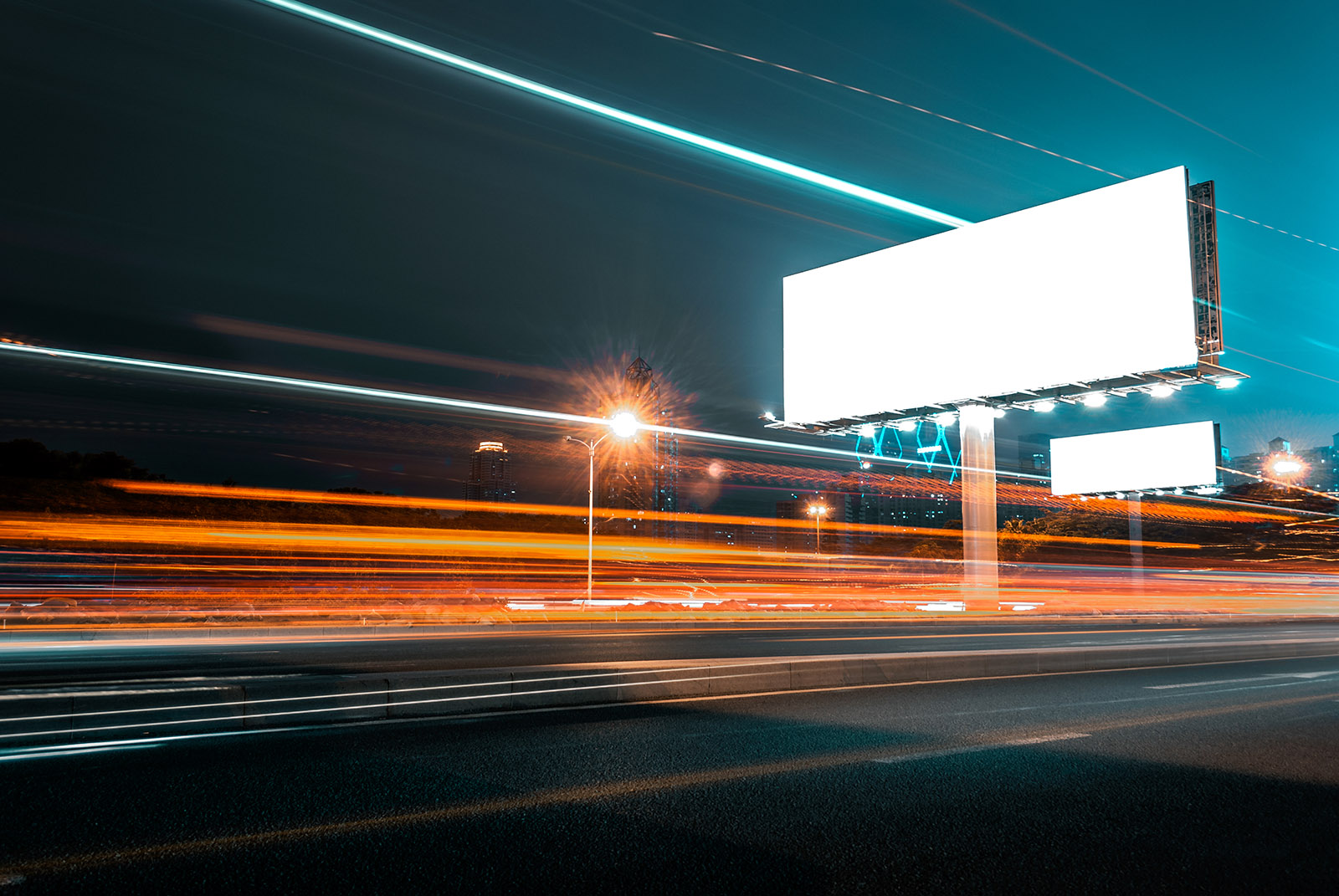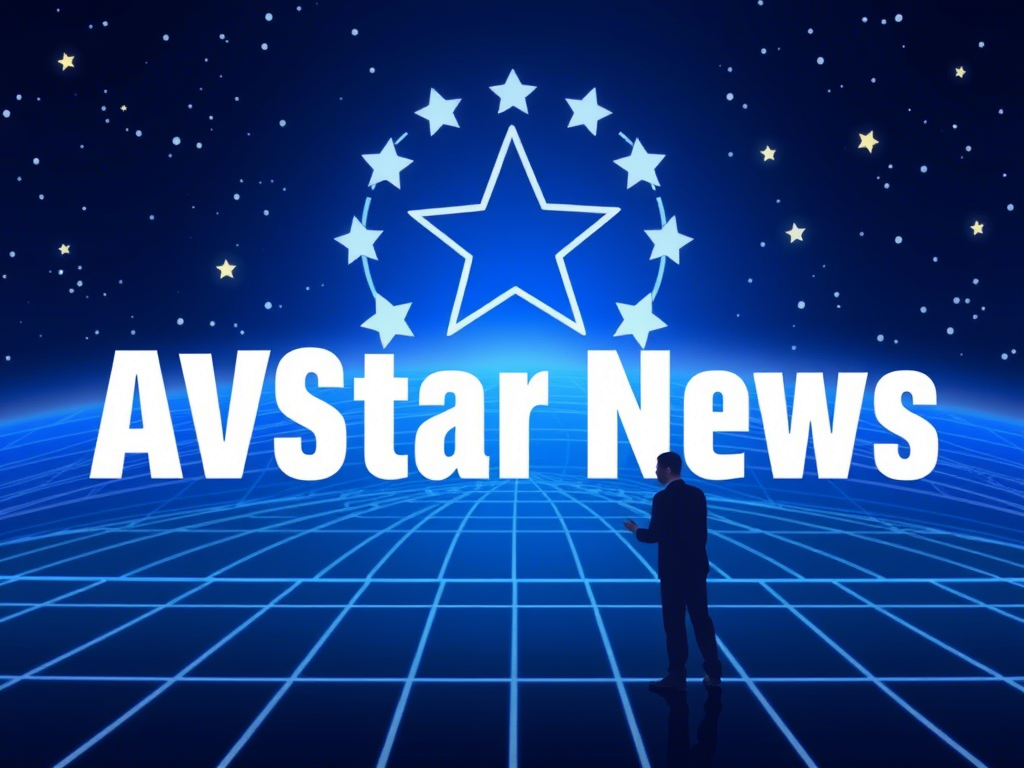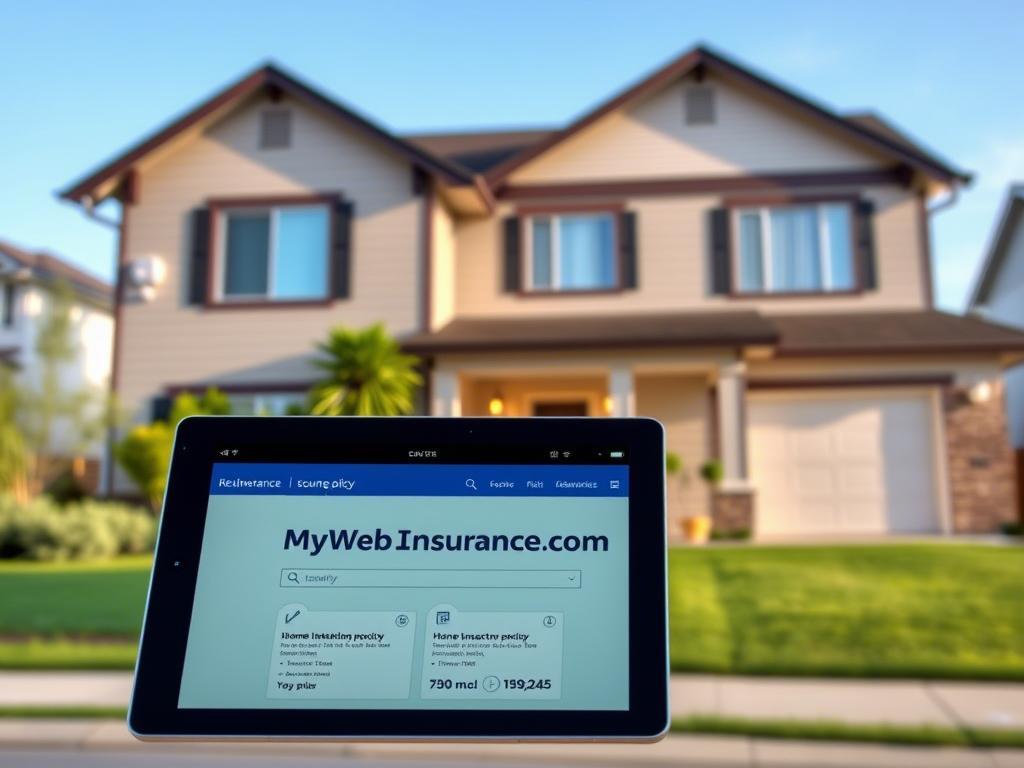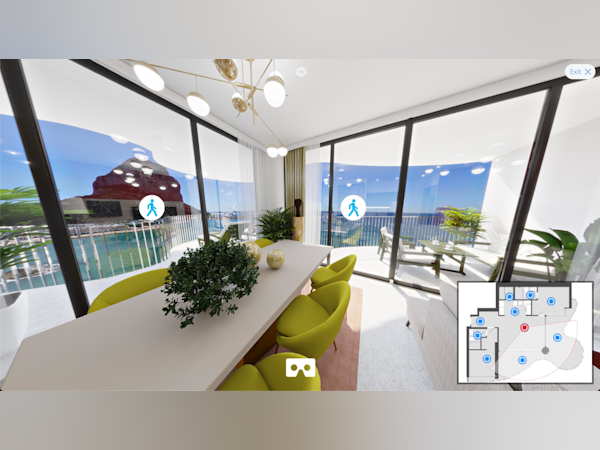
The dimensions of outdoor digital billboards are the same as those of standard, static billboards. Posters, which measure 12 feet by 24 feet, and Bulletins, which measure 14 feet by 48 feet, are the most common. To create the image on these billboards, hundreds of light-emitting diodes (LEDs) are used. Digital billboards indoors use LED-based displays similar to outdoor billboards. Liquid crystal displays (LCD) are used in smaller indoor digital billboards, just like computer monitors and televisions. They are typically attached to a wall or post.
The Way They Work
The advertising images are served to the display screen by a small computer attached to the digital billboard. Using the wireless cellular phone network, advertising agencies can access the billboard computers to update the advertisements on these billboards remotely. The designer creates the digital advertisement on a computer and uploads it to any display. Advertisements are displayed for six to ten seconds, and eight businesses may share the same billboard.
Cost of these items
For advertising agencies, a typical 14-foot by 48-foot LED display costs $290,000, according to Sign Industry magazine. The higher advertising rates are a result both of the higher initial investment for the agency and the growing demand for technology. The average cost of a digital advertisement for a business is between $1,200 and $10,000 per month. Additional design fees may be required. The use of computer design software has, however, enabled many advertisers to save money on their digital advertising.
Benefits
In addition to saving time, digital billboards offer design flexibility. In contrast to traditional billboards, digital billboards are updated entirely by computer, rather than having to be printed, pasted and removed manually. Advertisers can use this to change billboards frequently and provide time-sensitive information more quickly. Public emergency announcements can be displayed on billboards by law enforcement agencies or daily sales can be advertised by retail outlets.
Deficiencies
There are several advertising limitations with these digital displays. Due to the limited color capacity of LEDs, it is difficult to display fine lines and shading accurately. Additionally, digital billboards show multiple advertisers per location, which makes exclusivity problematic. Often, monthly fees for online billboards are double the amount for a traditional billboard, which can be a problem for small businesses with limited budgets.

Restrictions and Regulations
State and local laws regulate digital signs differently. A number of cities have banned or restricted the use of digital billboards because of their perceived impact on “driver distraction.” Communities have also restricted digital signage to reduce visual blight. The U.S.
Digital billboards are considered acceptable roadside advertising by the Department of Transportation.
The best places to buy
CBS Outdoor, Clear Channel, and Lamar are the major players in the digital billboard market. Local businesses have also joined the fray, with agencies like Norton Outdoor Advertising of Cincinnati, Ohio, and Silicon View of Palo Alto, California attempting to grab a piece of the lucrative digital display business. In the Media Marketplace, OAAA maintains a list of digital billboard advertising companies.




















